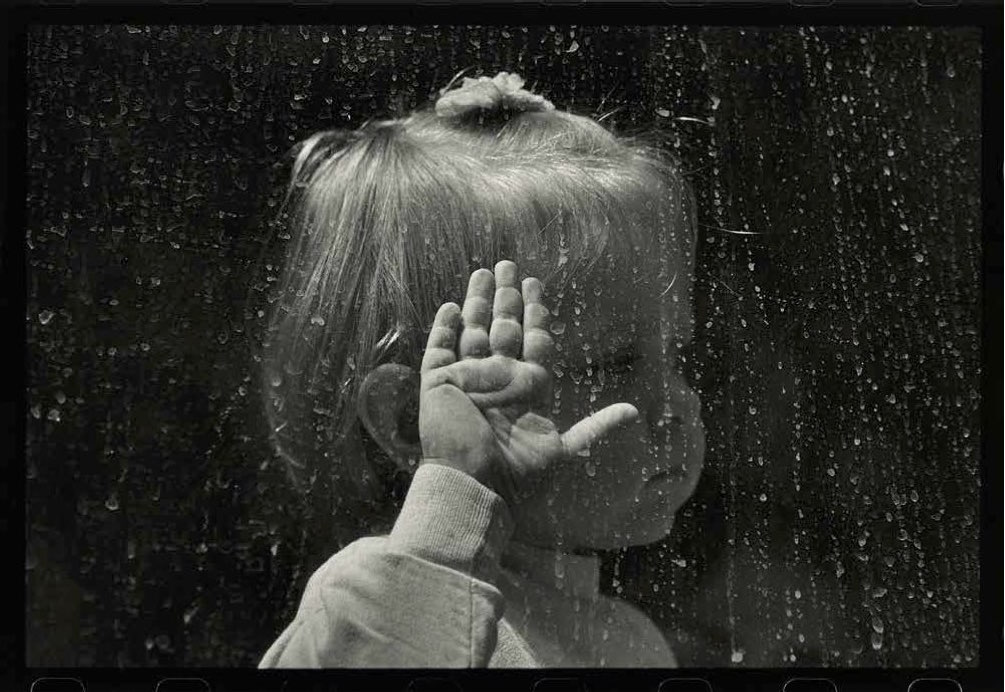
The number of children injured or killed during the war in Sarajevo varies from one source to another. What is certain is that they have been tens of thousands who suffered the consequences of the siege that lasted nearly four years: lack of food and drinking water, cold and fear of being the next target of a shell or of a sniper shooting from the corner.
Faced with a reality beyond their understanding and despite the difficult conditions in which they lived, Sarajevo children have always continued to play and have fun.
Some imitated their fathers, older brothers or neighbors who went on the front lines, some stood guard to defend the city by making wooden pistols, rifles with steel tube or cardboard bulletproof vests. It was their way to protect themselves and feel safe to collect used shells, build hiding places, or make tinker passes.
Others found comfort from their plush toys they held in their arms as if they could protect them from the violence of the world, or say no to put an end to the carefree childhood, continuing to play outdoors.
Sarajevo children crossed the war with a smiling face, defying those for whom innocence is worth nothing. Even sick on their bed, wounded in the head and legs, they kept this mischievous smile which is the mark of Sarajevans.
But there is more than that simple childlike joy of being alive that is detected in their eyes. There is also, and above all, those moments ofcomplicity created between the child and the photographer who also reveals their beautiful faces. Because there are few who know, like Milomir Kovačević-Strašni, establish the absolute confidence that erases the boundary between the artist and the model.
Are children more sensitive to the humanity of the photographer? Anyway, in all the ugliness of war, on the portraits of Straini, their faces radiate hope and lead us to believe that a better world is to be discovered.
Asja Prohić
